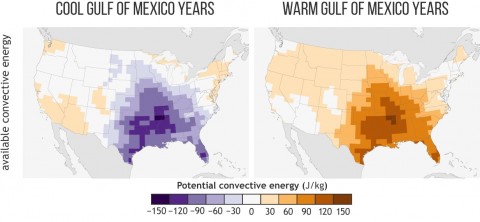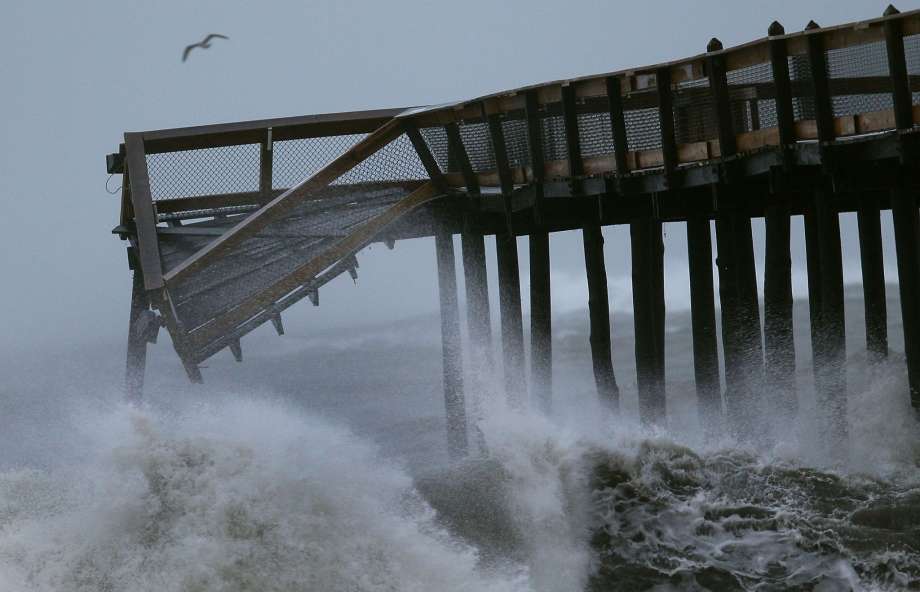
Research printed within the journal Geophysical Research Letters in December found: “The warmer (cooler) the Gulf of Mexico sea surface temperatures, the greater (less) hail and tornadoes occur during March–May within the southern U.S.”
Victor Gensini, a professor of meteorology in the College of DuPage, agreed the warm Gulf could intensify storms this spring but cautioned that additional ingredients will have to get together. “The water is just one piece,” he stated.
Yet another key element for severe thunderstorms is really a phenomenon referred to as elevated mixed layer, a zone of hot and dry air at high altitudes that develops over Mexico’s high plateau and may flow in to the southern and central U . s . States. If this interacts using the warm, moist air in the Gulf, the resulting instability can produce explosive thunderstorms.
“This year we’ve both ingredients,” Gensini stated. “With them uniting, we’re already seeing tornado levels up to they’ve been since 2008.”
Another favorable component for tornados this spring may be the configuration water temperatures within the eastern Gulf Of Mexico. When there’s a hot pool water from the coast of Peru (that has contributed in extreme flooding there) along with a cold pool from the U.S. West coast, this type of pattern strongly correlates rich in tornado activity, based on research conducted at the National Oceanic and Atmospheric Administration.
Gensini, who leads a group that creates tornados outlooks as much as three days to return, is asking for above-average storm activity for that week beginning March 26, rich in confidence.
A vigorous jet stream disturbance, via the Gulf Of Mexico, will crash in to the southwestern U . s . States around March 28. Once it enters the Plains around March 29 and March 30, chances are it will take advantage of the warm Gulf water and encounter the improved mixed layer. Then severe storms may erupt.
 Resourse: https://washingtonpost.com/news/capital-weather-gang/wordpress/2017/03/22/gulf-of-mexico-waters-are-freakishly-warm-which-could-mean-explosive-springtime-storms/
Resourse: https://washingtonpost.com/news/capital-weather-gang/wordpress/2017/03/22/gulf-of-mexico-waters-are-freakishly-warm-which-could-mean-explosive-springtime-storms/




